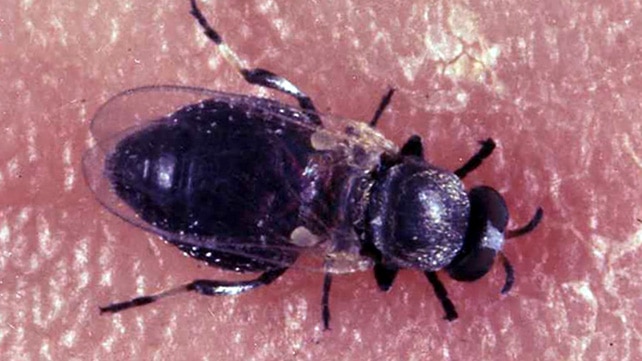Captive Elephants under the Wildlife Protection Act (WPA), 1972
- Elephants are, according to the provisions of the WPA, a Schedule 1 species, and therefore, be it wild or captive, cannot be captured or traded under any circumstances.
- Section 12 of the Act allows Schedule I animals to be translocated for ‘special purposes’ such as education and scientific research.
- They can also be translocated for population management of wildlife without harming any wild animals and the collection of specimens for recognised zoos/museums.
- Captive elephants, because of their historical role in forest management, timber transport, presence in estates of erstwhile royal families and in temple precincts for religious purposes can be owned and therefore come under a special category. However, strict rules guide the transfer of such elephants.
- Section 40(2) of the WPA prohibits the acquisition, possession, and transfer of a captive elephant without the written permission of the Chief Wildlife Warden (CWW) of the State.
- The Environment Ministry in 2021 brought in an amendment that allowed the transfer of elephants for ‘religious or any other purposes’.
Captive Elephant (Transfer or Transport) Rules, 2024
- It lays down the procedure to be followed for the transfer of captive elephants within a state or between two states.
- The notification authorises the CWW of states and UTs to permit or reject the transfer of captive elephants.
- The CWW shall permit the inter and intra-State transfers if the owner of the elephant is no longer in a position to maintain it or if the animal will have a better upkeep than in the present circumstances.
- The transfer of captive elephants won’t be permissible unless the genetic profile of the animal has been entered in the electronic monitoring application of the MoEFCC (Ministry of Environment, Forest and Climate Change).
- The application for transfer of captive elephants should be made to the deputy conservator of forests (DCF), having jurisdiction over the area where the elephant is registered.
- The DCF will conduct an inquiry and physical verification of the facility where the elephant is presently housed, and also the facility where the elephant is proposed to be housed and obtain a certificate of a veterinary practitioner, and then forward the details to the CWW, who within seven days will accept or reject the transfer.
Q1) What is the Convention on International Trade in Endangered Species of Wild Fauna and Flora (CITES)?
It is an international agreement between governments. It aims to ensure that international trade in specimens of wild animals and plants does not threaten the survival of the species. It was drafted as a result of a resolution adopted in 1963 at a meeting of members of IUCN (The World Conservation Union). It entered into force in July 1975. Although CITES is legally binding on the Parties – in other words, they have to implement the Convention – it does not take the place of national laws. The CITES Secretariat is administered by UNEP and is located in Geneva, Switzerland.
Source: What are the new rules for elephant transfers? | Explained
Last updated on November, 2025
→ Check out the latest UPSC Syllabus 2026 here.
→ Join Vajiram & Ravi’s Interview Guidance Programme for expert help to crack your final UPSC stage.
→ UPSC Mains Result 2025 is now out.
→ UPSC Notification 2026 is scheduled to be released on January 14, 2026.
→ UPSC Calendar 2026 is released on 15th May, 2025.
→ The UPSC Vacancy 2025 were released 1129, out of which 979 were for UPSC CSE and remaining 150 are for UPSC IFoS.
→ UPSC Prelims 2026 will be conducted on 24th May, 2026 & UPSC Mains 2026 will be conducted on 21st August 2026.
→ The UPSC Selection Process is of 3 stages-Prelims, Mains and Interview.
→ UPSC Result 2024 is released with latest UPSC Marksheet 2024. Check Now!
→ UPSC Prelims Result 2025 is out now for the CSE held on 25 May 2025.
→ UPSC Toppers List 2024 is released now. Shakti Dubey is UPSC AIR 1 2024 Topper.
→ UPSC Prelims Question Paper 2025 and Unofficial Prelims Answer Key 2025 are available now.
→ UPSC Mains Question Paper 2025 is out for Essay, GS 1, 2, 3 & GS 4.
→ UPSC Mains Indian Language Question Paper 2025 is now out.
→ UPSC Mains Optional Question Paper 2025 is now out.
→ Also check Best IAS Coaching in Delhi
















